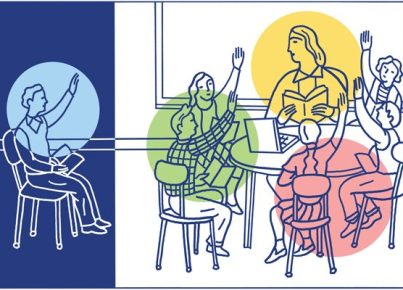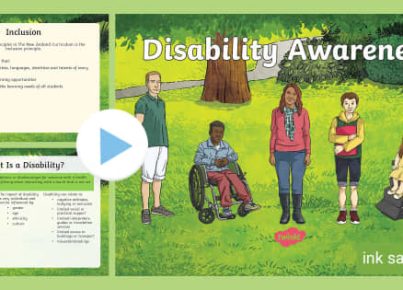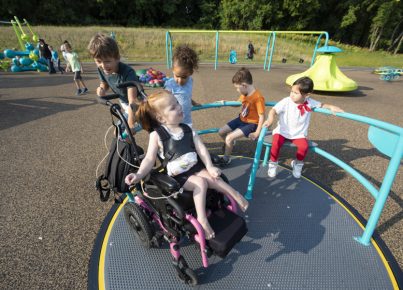Introduction:
Teaching students about disability history is crucial for fostering empathy, understanding, and acceptance of diverse individuals in society. Integrating disability history into the classroom curriculum can help eradicate misconceptions and negative stereotypes about people with disabilities. Here are five helpful resources for educators looking to introduce their students to disability history.
1. National Dissemination Center for Children with Disabilities (NICHCY):
NICHCY’s website offers a wealth of resources related to teaching children with disabilities, including lesson plans, worksheets, and activity ideas. Use their Disability History Resources Toolkit to find materials appropriate for different grade levels and subjects, promoting a more inclusive learning experience in your classroom. Visit their website at https://www.nichcy.org/.
2. Disability History Museum:
The Disability History Museum is an online archive that provides a diverse collection of primary-source materials related to the history of disability. With thousands of digital artifacts such as photographs, documents, and audio-visual materials available, this resource is perfect for teachers who want their students to explore primary sources while learning about disability history. Explore their collections at http://www.disabilitymuseum.org/.
3. Teaching Tolerance:
Teaching Tolerance is a project dedicated to creating inclusive school communities by offering educators free resources designed to foster diversity and social justice education. Through their vast array of articles, lesson plans, and activities, teachers can help students learn to embrace differences and understand the importance of advocating for people with disabilities throughout history. Find materials on disability history by visiting https://www.tolerance.org/.
4. The Disability Rights Education & Defense Fund (DREDF) Disability History Timeline:
DREDF’s Disability History Timeline comes as an invaluable resource for educators who want to teach students about foundational events in the disability rights movement. This timeline covers pivotal moments such as legislation milestones, influential figures in disability history, and significant advocacy events. To use the timeline in your lessons, visit https://dredf.org/disability-history-timeline/.
5. Smithsonian: Everybody: An Artifact History of Disability in America:
The Smithsonian Institution’s online exhibit, Everybody: An Artifact History of Disability in America, provides a unique and engaging way for students to learn about disability history. The exhibit explores the history of accessibility, activism, assistive technologies, and more, using various artifacts as examples. Visit the exhibit at https://everybody.si.edu/.
Conclusion:
Incorporating disability history into your lessons is critical for cultivating an inclusive learning environment that values and respects all individuals. Utilize these five resources to help your students gain a deeper understanding of the rich and complex history of disability rights and advocacy.





